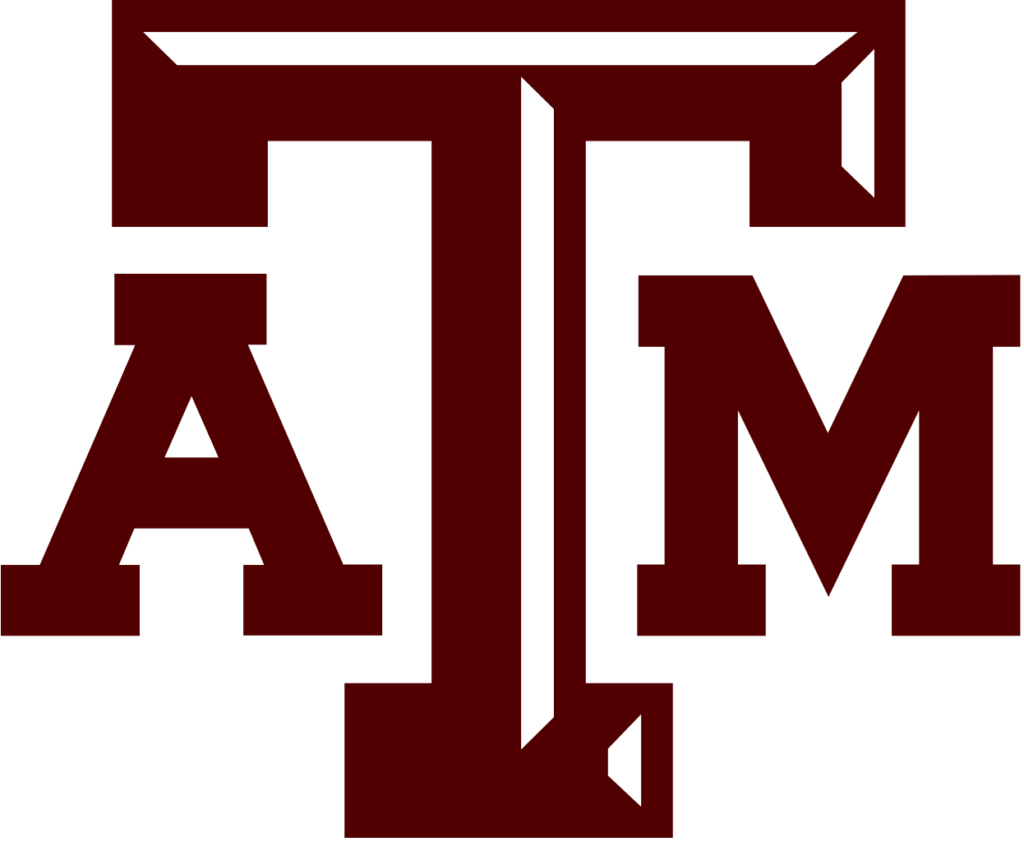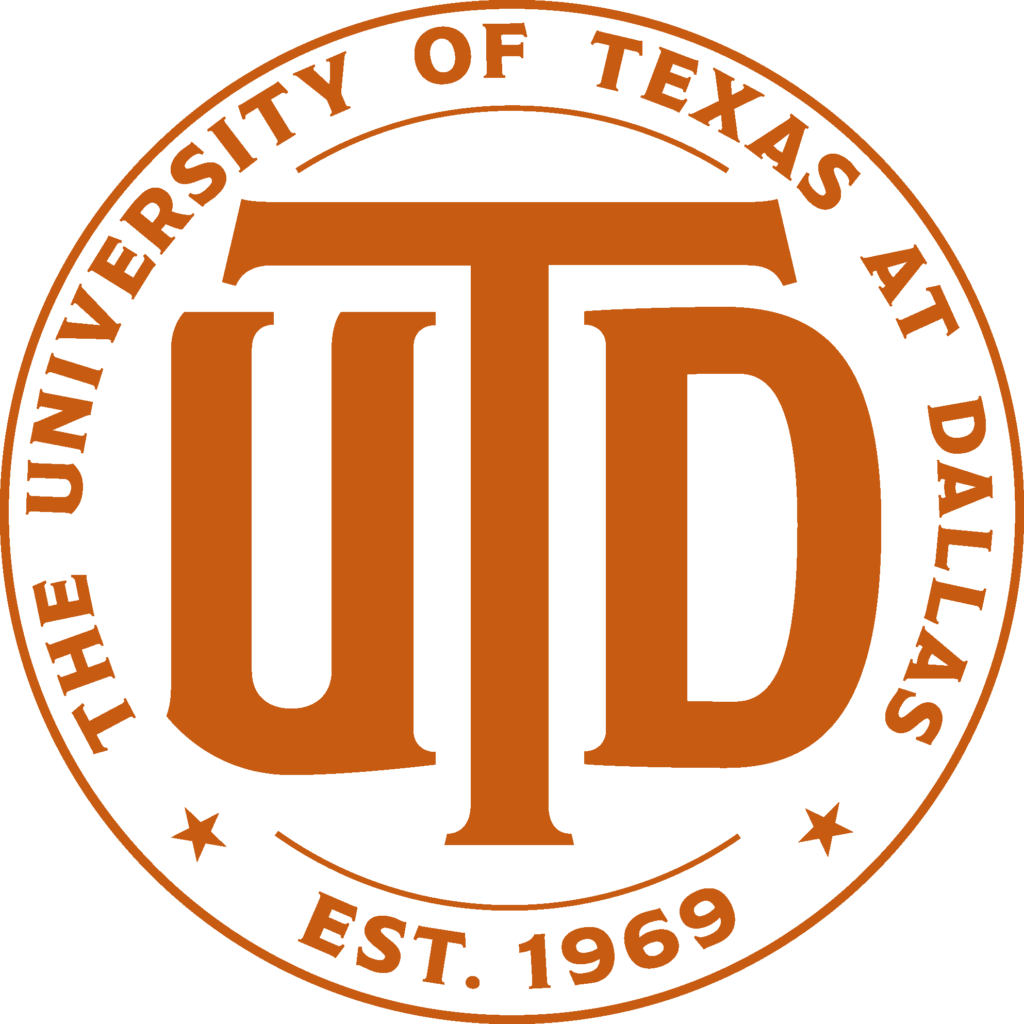More American Universities

New York University

New York University is a private institution that was founded in 1831. It has a total undergraduate enrollment of 26,733, and the setting is Urban. It utilizes a semester-based academic calendar. New York University’s ranking in the 2020 edition of Best Colleges is National Universities, #29. Its tuition and fees are $53,308.
NYU is divided into a number of schools and colleges, the largest of which is the College of Arts and Sciences. For those interested in drama or film, the renowned Tisch School of the Arts is the place to go, offering both undergraduate and graduate programs in acting, dance, dramatic writing, film, television and more. Former Tisch students include directors Martin Scorsese and Spike Lee. Other graduate programs include the highly ranked Stern School of Business; Steinhardt School of Culture, Education, and Human Development; School of Law; School of Medicine; Silver School of Social Work; and Robert F. Wagner Graduate School of Public Service.
- #29 in National Universities
- #10 in Best Colleges for Veterans
- #76 in Best Undergraduate Teaching
- #62 in Best Value Schools
- #19 in Most Innovative Schools
- #115 in Top Performers on Social Mobility
- #5 in Business Programs
- #66 in Best Undergraduate Engineering Programs
Purdue University

Purdue University—West Lafayette is a public institution that was founded in 1869. It has a total undergraduate enrollment of 32,672, its setting is the city, and the campus size is 2,468 acres. It utilizes a semester-based academic calendar. Purdue University—West Lafayette’s ranking in the 2020 edition of Best Colleges is National Universities, #57. Its in-state tuition and fees are $9,992; out-of-state tuition and fees are $28,794.
Purdue is made up of 13 schools and colleges, many of which serve both undergraduate and graduate students. Professional and graduate programs include the well-ranked College of Engineering, Krannert School of Management, College of Education, and College of Pharmacy. Purdue’s esteemed School of Aeronautics and Astronautics within the College of Engineering has acquired the nickname “Cradle of Astronauts.” One popular university tradition: many students mark the beginning and end of their time at Purdue by running through any of the five-campus fountains. Notable alumni include legendary college basketball coach and player John Wooden, popcorn entrepreneur Orville Redenbacher and the first man to walk on the moon, Neil Armstrong.
- QS World University Ranking #109
- QS WUR By Subject Ranking #20
- Graduate Employability Ranking #38
- US UNI (universities) #53
- #57 in National Universities
- #30 in Best Colleges for Veterans
- #23 in Best Undergraduate Teaching
- #105 in Best Value Schools
- #6 in Most Innovative Schools
- #270 in Top Performers on Social Mobility
- #18 in Top Public Schools
University of Minnesota-Twin Cities

University of Minnesota—Twin Cities is a public institution that was founded in 1851. It has a total undergraduate enrollment of 34,633, its setting is urban, and the campus size is 1,204 acres. It utilizes a semester-based academic calendar. The University of Minnesota—Twin Cities’s ranking in the 2020 edition of Best Colleges is National Universities, #70. Its in-state tuition and fees are $15,027; out-of-state tuition and fees are $33,325.
The university’s Carlson School of Management, College of Education and Human Development, and law school are each ranked highly. The public research university begins to engage students at the undergraduate level. Some university applicants will even be guaranteed the opportunity to research when they receive their acceptance letters, and undergraduate researchers are paid for their work. For an off-campus experience, Gophers can study at one of about 200 other schools in the U.S. and Canada through the National Student Exchange program or can venture abroad with the help of the university’s large global study program. Notable alumni of the University of Minnesota include former U.S. Vice Presidents Hubert Humphrey and Walter Mondale, pianist Yanni and journalist Rick Sanchez.
- #70 in National Universities
- #42 in Best Colleges for Veterans
- #118 in Best Value Schools
- #251 in Top Performers on Social Mobility
- #27 in Top Public Schools
- Business Programs
- #25 in Best Undergraduate Engineering Programs
- #21 in Study Abroad
Texas A&M University

Texas A&M University—College Station is a public institution that was founded in 1876. It has a total undergraduate enrollment of 53,743, its setting is city, and the campus size is 5,200 acres. It utilizes a semester-based academic calendar. Texas A&M University—College Station’s ranking in the 2020 edition of Best Colleges is National Universities, #70. Its in-state tuition and fees are $11,232; out-of-state tuition and fees are $37,726.
- World University Rankings 2021 Rank: 197
- US Rankings 2018 Rank: 93
- World Reputation Rankings 2018 Rank: 71-80
- #251 in Top Performers on Social Mobility
- #27 in Top Public Schools
- #25 in Best Undergraduate Engineering Programs
- #21 in Study Abroad
- #70 in National Universities
- #76 in Best Undergraduate Teaching
- #78 in Best Value Schools
- #52 in Most Innovative Schools
- #96 in Top Performers on Social Mobility
- #27 in Top Public Schools
- #15 in Best Undergraduate Engineering Programs
- #35 in Study Abroad
- #44 in Undergraduate Research/Creative Projects
University of Texas at Austin

University of Texas–Austin is one of more than 800 institutions with graduate schools surveyed by U.S. News on an annual basis. University of Texas–Austin confers degrees through various schools, such as: the McCombs School of Business, the School of Law, the Cockrell School of Engineering, the School of Nursing, and the College of Education as well as a medicine school
- #18 in Best Business Schools
- #7 in Part-time MBA
- #7 in Part-time MBA
- #15 in Best Education Schools
- #10 in Best Engineering Schools
- #16 in Best Law Schools
- Unranked in Best Medical Schools: Research
- Unranked in Best Medical Schools: Research
- #22 in Best Nursing Schools: Master's
- #24 in Best Nursing Schools: Doctor of Nursing Practice
- #14 in Audiology
- #27 in Biological Sciences
- #15 in Chemistry
- #10 in Clinical Psychology
- #10 in Computer Science
Ohio State University (Main campus)

Ohio State University—Columbus is a public institution that was founded in 1870. It has a total undergraduate enrollment of 46,820, its setting is urban, and the campus size is 1,665 acres. It utilizes a semester-based academic calendar. Ohio State University—Columbus’s ranking in the 2020 edition of Best Colleges is National Universities, #54. Its in-state tuition and fees are $11,084; out-of-state tuition and fees are $32,061.
OSU offers more than 160 undergraduate majors, as well as a Personalized Study Program where students can design a nontraditional education. The university also offers a variety of graduate programs through such highly ranked schools as the College of Education and Human Ecology, Max M. Fisher College of Business, and College of Medicine. Students can participate in more than 1,000 on-campus clubs and organizations, including about 65 fraternities and sororities, or volunteer through the Pay It Forward program. Sports are a big part of campus life, with the Ohio State Buckeyes competing in the NCAA Division I Big Ten Conference. All freshmen must live on campus, unless they are from Central Ohio and can commute. Students can also study abroad in more than 40 countries through OSU.
- #18 in Best Business Schools
- #54 in National Universities
- #27 in Best Colleges for Veterans
- #23 in Best Undergraduate Teaching
- #155 in Best Value Schools
- #19 in Most Innovative Schools
- #254 in Top Performers on Social Mobility
- #17 in Top Public Schools
- #29 in Best Undergraduate Engineering Programs
- #88 in First-Year Experiences
- #29 in Learning Communities
- #45 in Study Abroad
State University of New York

The State University of New York (SUNY) is a system of public colleges and universities in New York. It is the largest comprehensive system of universities, colleges, and community colleges in the United States, with a total enrollment of 424,051 students, plus 2,195,082 adult education students, spanning 64 campuses across the state. Led by Chancellor Jim Malatras, the SUNY system has 91,182 employees, including 32,496 faculty members, and some 7,660 degree and certificate programs overall and a $10.7 billion budget. SUNY includes many institutions and four “university centers”: Albany (1844), Binghamton (1946), Buffalo (1846), and Stony Brook (1957).
SUNY’s administrative offices are in Albany, the state’s capital, with satellite offices in Manhattan and Washington, D.C. With 25,000 acres of land, SUNY’s largest campus is SUNY College of Environmental Science and Forestry. While the SUNY system doesn’t officially recognize a flagship university, the University at Buffalo and Stony Brook University are sometimes treated as unofficial flagships.
The State University of New York was established in 1948 by Governor Thomas E. Dewey, through the legislative implementation of recommendations made by the Temporary Commission on the Need for a State University (1946–1948). The commission was chaired by Owen D. Young, who was at the time Chairman of General Electric. The system was greatly expanded during the administration of Governor Nelson A. Rockefeller, who took a personal interest in the design and construction of new SUNY facilities across the state.
- National University Ranking:
- #79 Binghamton University
- #79 University at Buffalo
- #91 Stony Brook University
- #121 College of Environmental Science & Forestry – ESF
- #147 University at Albany
- Top Public School Ranking:
- #12 SUNY Polytechnic Institute
- #31 Binghamton University
- #31 University at Buffalo
- #39 Stony Brook University
- #68 University at Albany
Texas Tech University

Established in 1923, Texas Tech University (TTU) is an open research university in Lubbock City of Texas, United States. The institution is a part of the Texas Tech University System and is associated with the Universities Research Association. Initially known as the Texas Technological College, the institution then had six buildings and a total of 914 students. It offered only technical programmes in its initial years before adding subjects like business, science, medicine, law and social science to its list in 1960. It was in 1969 that TTU became a university under its current name. TTU has been classified as the highest research activity institution by Carnegie Foundation.
- #218 in National Universities
- #291 in Top Performers on Social Mobility
- #105 in Top Public Schools
- #93 in Best Undergraduate Engineering Programs
University of Texas at Dallas

Founded in 1969, The University of Texas at Dallas has evolved into one of the top research institutions in Texas, and its programs in engineering and the biomedical sciences have gained national attention. With an enrollment of nearly 28,000, UT Dallas offers students a close-knit community with excellent student-faculty ratios of 23:1. However, UT Dallas is also backed by the powerful UT System and is aligned strategically with other institutions to offer advanced research opportunities traditionally found at larger institutions.
The vibrant, dynamic and globally connected Dallas-Fort Worth area attracts a wide assortment of students and faculty to UTD. UT Dallas is ranked as a best value university by Kiplinger’s and The Princeton Review, and Times Higher Education ranks UT Dallas as #1 in the nation and #21 in the world among the top 200 universities under 50 years of age. UT Dallas consistently attracts top scholars. The average entering freshman SAT for fall 2017 was 1323 and a nearly 36% of freshmen ranked in the top 10% of their high school class, with 64% in the top 25%. UT Dallas is ranked #3 among public universities for National Merit Scholars graduating from High School last year.
- #147 in National Universities
- #147 in Best Value Schools
- #56 in Top Performers on Social Mobility
- #68 in Top Public Schools
- #75 in Best Undergraduate Engineering Programs
- World University Rankings 2021: 301–350th
- Impact Rankings 2020: 201–300th
- US College Rankings 2020: 311th

